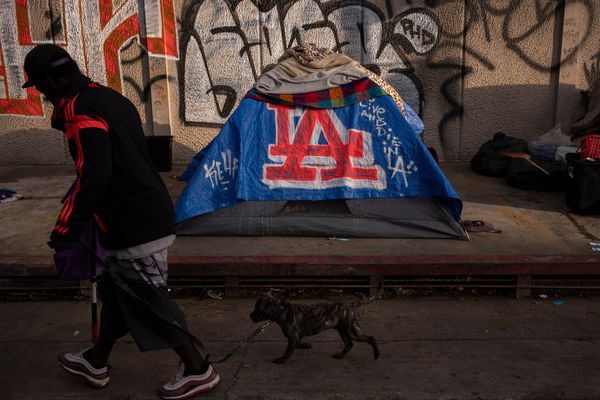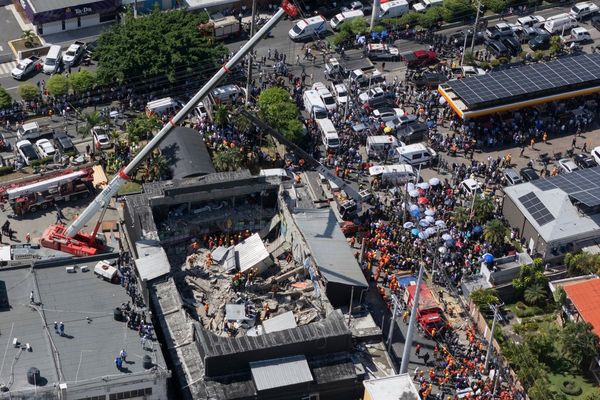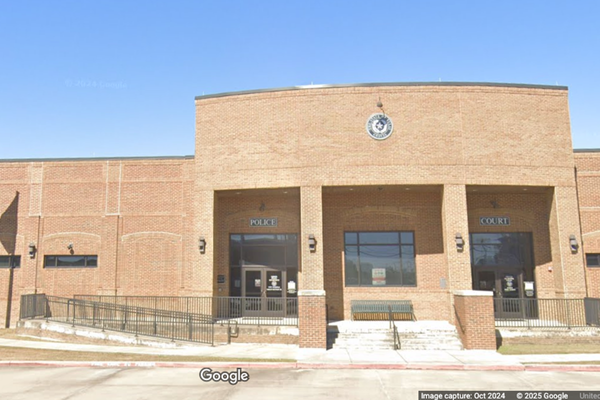Will they split? Won’t they? On Tuesday, we finally got an answer to whether Kanye West and Adidas AG would go their separate ways. The sportswear giant said it was ending its almost decade-long collaboration with the musician, now officially known as Ye, after putting it under review earlier this month.
The company said it would terminate the partnership with Ye immediately, end production of Yeezy branded products and stop all payments to Ye and his companies. It will cease the Adidas Yeezy business with immediate effect.
Adidas was too slow to walk away from Kanye’s controversies. It had come under increasing pressure over recent days to drop the star after his comments targeting Jewish people, including a tweet that resulted in Twitter suspending his account. That followed Ye sending T-shirts down the Paris catwalk with the the slogan “White Lives Matter” emblazoned on them. On Friday, Kering SA’s Balenciaga said it had stopped working with West. Late Tuesday, Gap Inc., which last month ended its own collaboration with Ye, said it was pulling all remaining Yeezy Gap products from stores and online.
By acting so belatedly, Adidas made Ye its problem, risking a consumer backlash. Perhaps that’s why it had to be particularly strident in its denouncement of Ye and leave no room for its Yeezy lines to live on.
“Adidas does not tolerate antisemitism and any other sort of hate speech. Ye’s recent comments and actions have been unacceptable, hateful and dangerous, and they violate the company’s values of diversity and inclusion, mutual respect and fairness,” Adidas said in a statement. It did note that it was the sole owner of all design rights to existing products, as well as previous and new colorways under the partnership.
The company said the termination would have a short-term negative impact of up to €250 million ($246.5 million) on its full-year net income, given the high percentage of sales in the final quarter. But the long-term damage will be much bigger. The Yeezy partnership is estimated to generate annual sales of between €1 billion and €1.5 billion, roughly 4%-8% of Adidas’s group revenue.
Shares in Adidas fell close to 5% on the news.
The separation comes at a difficult time for the company. Last week, it cut its full-year forecast for sales growth and profit, amid China’s COVID-19 restrictions and lower demand in U.S. and European markets since the beginning of September.
Chief Executive Officer Kasper Rorsted will step down next year. His successor will need to find a way to reignite excitement about the brand, which is losing the Gen Z sneaker battle with Nike Inc. In contrast to Adidas, the U.S. company said last month that it was seeing no signs of slowdown in the U.S. Now Adidas’s new CEO will have to find a way to fill the hole left by Yeezy too.
The sportswear maker has options — it could dig into the Adidas archive to try to find another winning sneaker line or expand its collaborations with luxury brands, such as Prada SpA and Kering SA’s Gucci.
In truth, Adidas’s partnership with Ye ran its course some time ago, but the company was reluctant to relinquish his star selling power. His controversies, which for so long simply kept him at the forefront of consumers minds, may have finally become impossible to bear, but that won’t make the divorce any less financially painful.
____
ABOUT THE WRITER
Andrea Felsted is a Bloomberg Opinion columnist covering consumer goods and the retail industry. Previously, she was a reporter for the Financial Times.
This column does not necessarily reflect the opinion of the editorial board or Bloomberg LP and its owners.







